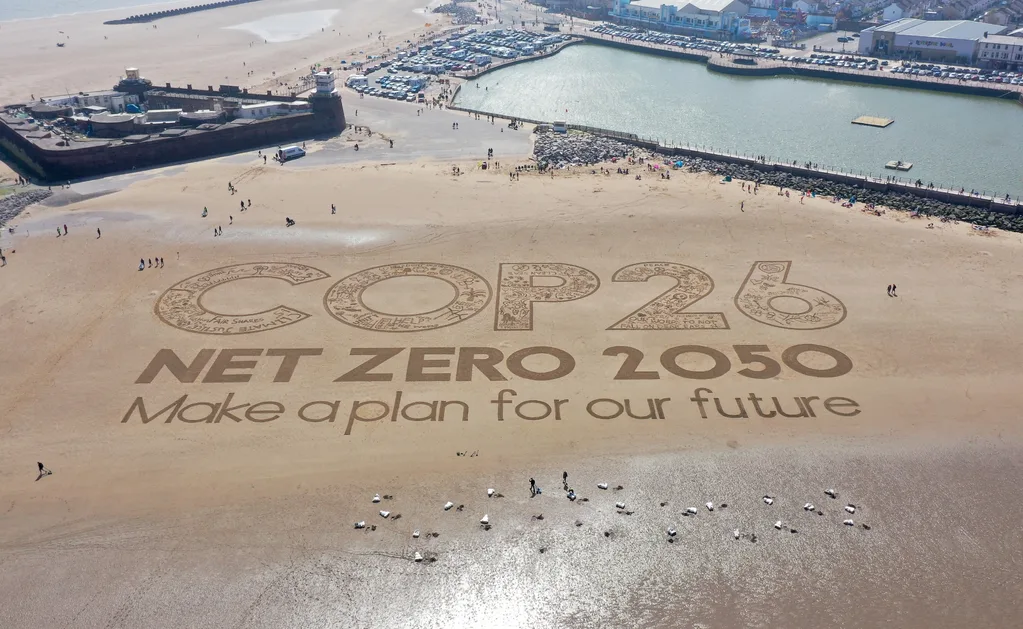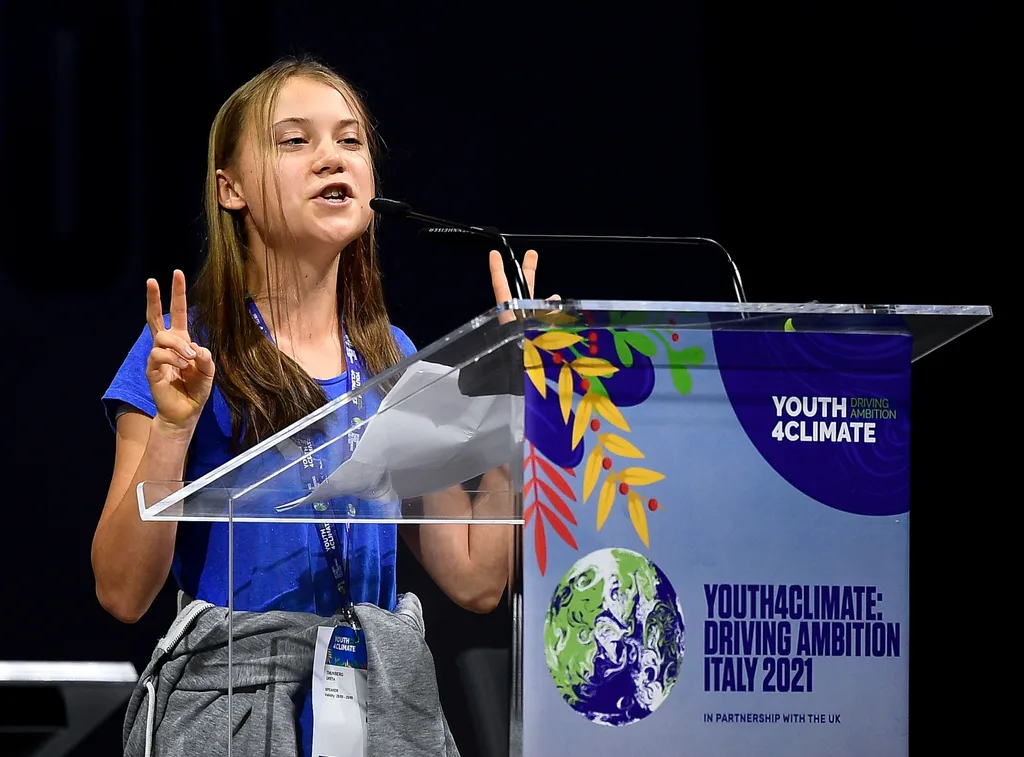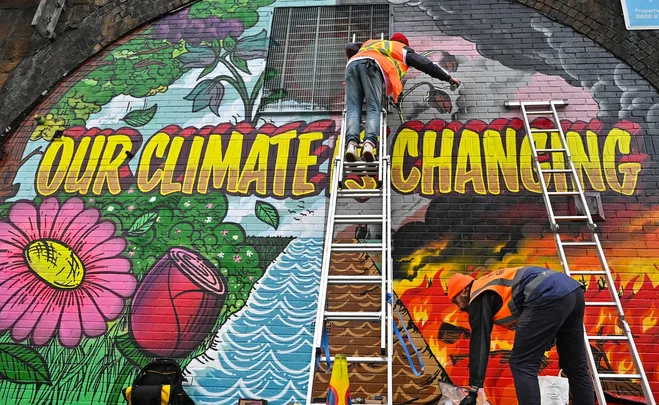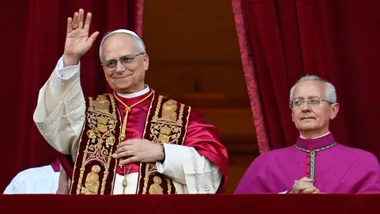On October 31, governments from all around the world congregated in Glasgow, Scotland for the COP26 conference.
As a summit centered entirely around climate change, the event will see each of these governments come together to discuss how they will tackle the global climate crisis, with an aim to come to collective and effective agreements for the long-term.
The annual event was highly anticipated this year, particularly because last year’s conference was cancelled due to the COVID-19 pandemic.
Taking place between October 31 and November 12 (with potential for it to go on even longer), snippets of information from the summit are beginning to trickle into our news feeds—and they’re more important than ever to take note of.
But if you’re wanting to know more about what the event actually is and what we can expect from it, keep scrolling for our full rundown of everything you need to know about COP26.

What is COP26?
COP26 is an annual climate change summit organised by the United Nations which brings governments from across the world together to discuss how countries are planning to tackle the climate crisis.
More than 200 world leaders are attending the event where they will discuss effective and realistic solutions to the situation. Under a framework set out at the 1992 UN Convention on Climate Change, every country is bound by treaty to “avoid dangerous climate change” — this summit holds everyone accountable to that.
What does COP26 stand for?
COP stands for Conference of the Parties. This year’s event marks the 26th time they have done this, hence why it’s titled COP26.
Why is this year’s COP26 so important?
In recent years, we’ve seen the world’s climate crisis significantly worsen. A noticeable increase in floods, bushfires and rising temperatures is something that can no longer be ignored.
Advocates like Greta Thunberg have also sparked deeper conversations, awareness and action—encouraging more and more people to make changes both individually, and calling for these changes from the government.

Who will attend COP26?
Over 200 world leaders will attend COP26 in Glasgow, with Australia’s Prime Minister Scott Morrison among them.
Joining the leaders will be several major keynote speakers who will formerly address the leaders. They include Sir David Attenborough and Greta Thunberg.
At 2019’s COP25 summit in Madrid, Thunberg shared another rousing speech, with her overriding message simple: “Without pressure from the people, our leaders can get away with not doing anything.”
This year, Thunberg has already voiced her concerns and fear that this may be the result of the upcoming summit, telling a rally in Sweden in October: “We are watching… We are not going to let them get away with more talking and not doing anything and pretending the situation is under control.”
How does the Paris Agreement come into this?
In 2015, more than 195 countries attended the COP21 summit, which took place in Paris. While there, the Paris Agreement was created as one of the most significant steps in collectively setting boundaries and requirements around climate change.
Countries were asked to enact these requirements in their own jurisdictions, each of which would help to preserve the environment and slow down the effects of climate change.
Some of the requirements included: Keep the global temperature increase below 2 degrees celsius (with a limit of 1.5 degrees celsius), reduce the amount of greenhouse gasses from common renewable types of energy (i.e. solar and wind power), and help poorer countries with a large sum of money spent each year to do so.
Interestingly, another requirement has everything to do with this year’s COP26 summit. When the agreement was formed in Paris, the countries set out to review the progress made every five years.
This year marks five years since that agreement was made—so what will they have to say for themselves and what action might be sparked from it? We’ll certainly be watching to find out.
What is “Net Zero by 2030”?
A key part of the discussions at COP26 this year will centre around a goal of net zero carbon emissions by 2030.
By definition, net zero pertains to equalising the balance between greenhouse gas emissions taken out of the atmosphere compared to what’s going into the atmosphere—thus, the net amount is zero. It’s also commonly referred to as “carbon neutral”.
For Australia, Scott Morrison has outlined his government’s goal to achieve Net Zero a full 20 years after the target—at 2050.
As for the 2030 goal, he is instead touting that Australia will cut up to 35 per cent by that date per 2005 levels. Unsurprisingly, the announcement was met with criticism from experts—though Morrison has insisted at the conference that he expects to “exceed” that goal.










